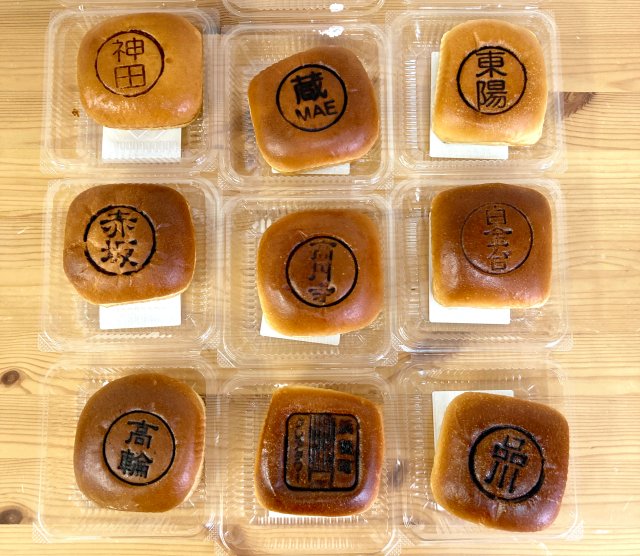
Can Mr. Sato collect them all or will he wilt beneath the early summer sun trying?
Stuffed with sweet red bean paste and consisting of a soft, doughy exterior, anpan is a timeless classic and a ubiquitous feature in bakeries across Japan. The baked sweet is so popular that convenience store chain Daily Yamazaki has offered a special luxurious version of the pastry stuffed with whipped cream. But what roused SoraNews24 poster man Mr. Sato‘s attention wasn’t the generous helping of red bean nor his temptation for sweets, but how Daily Yamazaki’s luxurious anpan were stamped with the name of the local area they were sold in.

According to Mr. Sato’s research, there were over 350 different Daily Yamazaki locations across the country which participated in this tradition, and while unfortunately it would be tall order to collect them all, Mr. Sato decided to test himself by trying to gather all the ones in Tokyo proper, which narrows down over 350 anpan to just nine anpan. Was this an insurmountable task, however? Did Mr. Sato and his glutes have what it takes to trek across Japan’s capital for these anpan? There was only one way to find out.
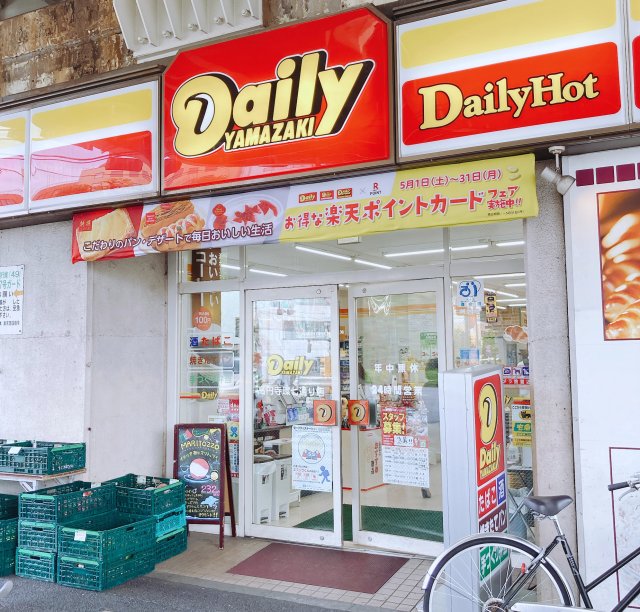
Mr. Sato began his journey at 9:00 a.m. sharp. After all, the early bird gets the worm, or in this case, the early man gets the anpan. His residence was already relatively close to his first destination: Koenji Station. Since it was past the morning rush hour, the convenience store workers were busy re-stocking and preparing the rest of the day’s fare, but Mr. Sato found what he sought immediately… the first anpan!
Only a few were displayed on the table, and Mr. Sato reverently grabbed one, acknowledging it as the first anpan of his roundup. Embellished with “Koenji” in bold print, Mr. Sato marked the time for memory’s keepsake—9:15 a.m.—before moving onto his next destination.
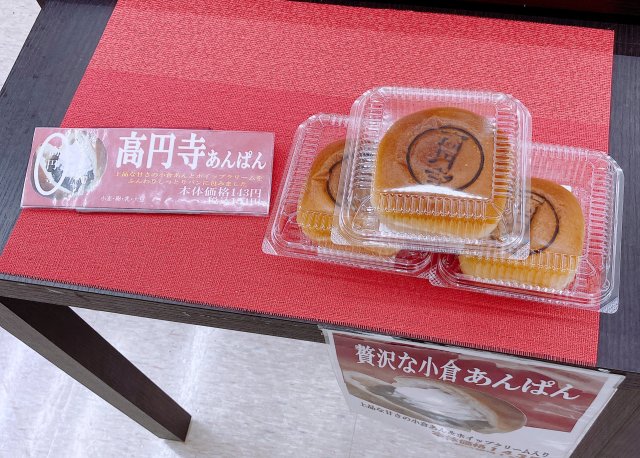
From Koenji Station he took the Tokyo Metro Tozai line to Toyocho Station. As it was his first time on this side of Tokyo, Mr. Sato couldn’t help but gawk at the variety of shops lining the station front. It didn’t take him long to find the nearest Daily Yamazaki and glean the convenience store’s offerings.
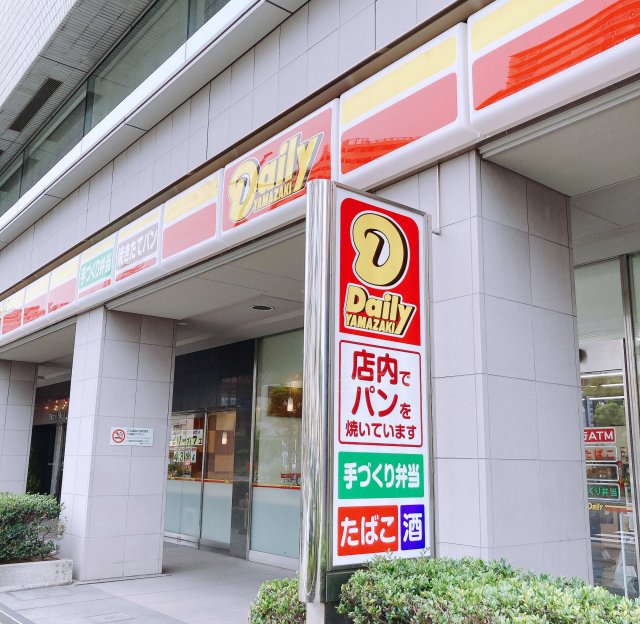
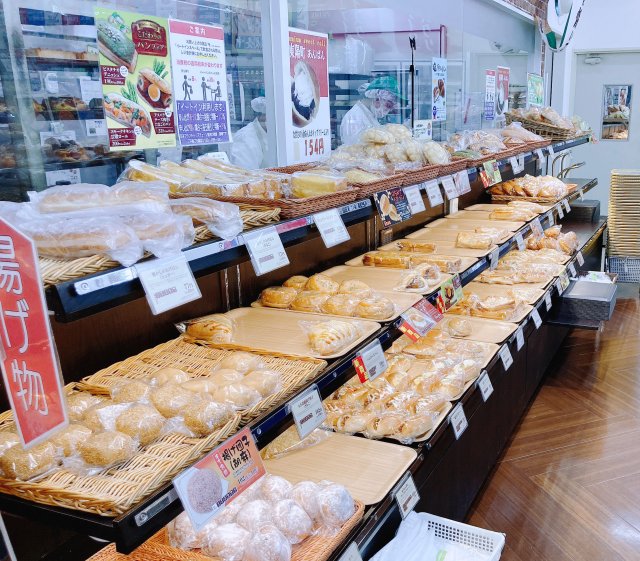
There they were! Mr. Sato relished in finding the second anpan he needed for his roundup, especially with how smoothly it went, despite not having been in Toyocho before. He marked the time of purchase down: 10:22 a.m. Two down, and seven more to go.
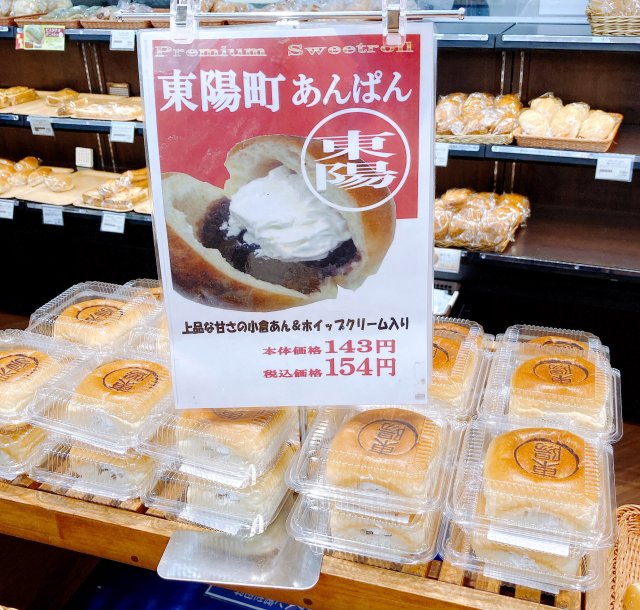
Next, Mr. Sato set his sights on Kuramae. Compared to the previous two stops, getting to Kuramae Station took a little more time. He got back on the Tozai line and headed to Nihonbashi Station, transferring to the Tokyo Metro’s Asakusa line, and finally reached Kuramae Station. It wasn’t too difficult to find the Daily Yamazaki perched right outside the station’s front.
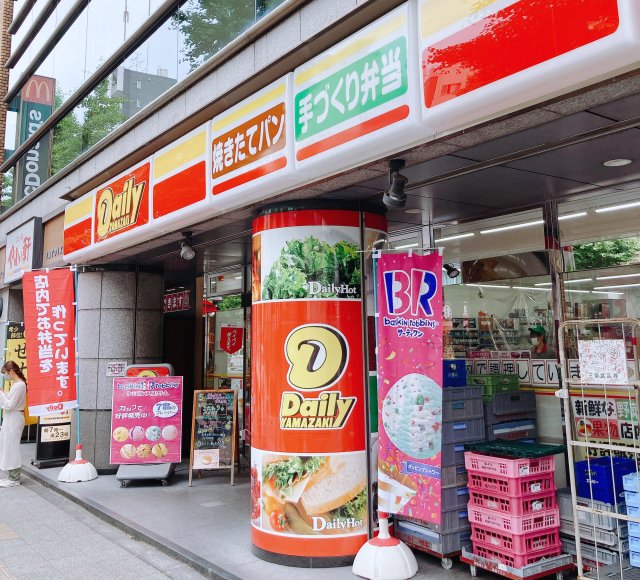
Compared to the other two anpan Mr. Sato bought so far, this anpan featured the latter part of “Kuramae” in uppercase roman characters. Mr. Sato thought it was a stylish look, but besides this difference, here the anpan offering was pretty much the same: sweet red bean paste and whipped cream. Mr. Sato thought about how great it would be if different areas had different flavors, but maybe the logistics of such an endeavor was too much for Daily Yamazaki? Alas, he must accept this anpan as it is, and at 10:53 a.m. he picked up his third anpan.
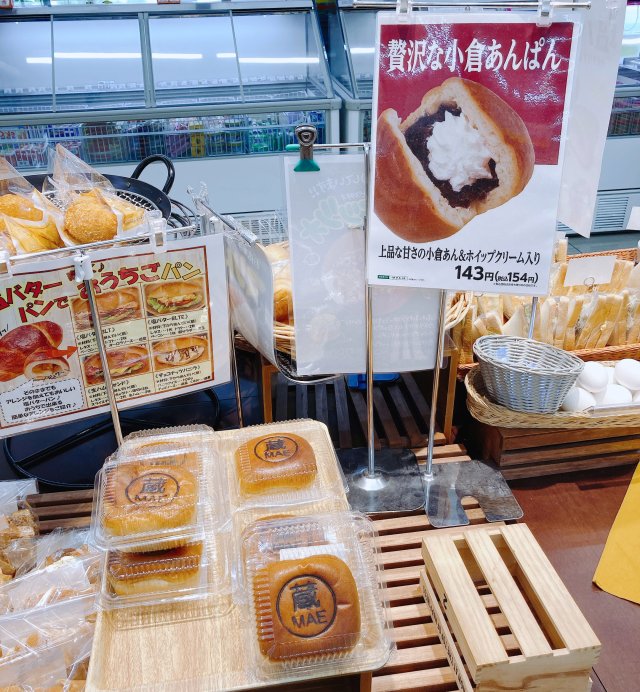
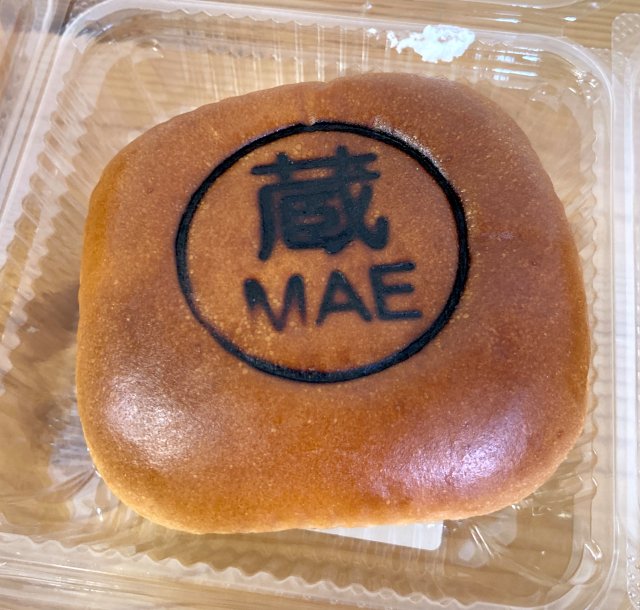
Moving on, Mr. Sato checked his list and decided to head to Kanda for his fourth anpan. From Kuramae Station he rode on the Asakusa line to Ningyocho Station before transferring to Tokyo Metro’s Hibiya Line for Akihabara. As Kanda and Akihabara neighbor each other, it was a brisk walk to the area’s Daily Yamazaki, except to Mr. Sato’s surprise, there wasn’t just one Daily Yamazaki but three, and they all stood on opposing street corners from one another. This was probably the only place in the entire country where three Daily Yamazakis could be sighted in close proximity to each other—a Yamazaki traingle if you will.

Walking inside, he searched the store until he found it: the Kanda anpan. There was an ample number of them, and he felt tempted to ask the staff about how popular they were, but restrained himself. There were more anpan to buy and it was 11:15 a.m. by the time he left the shop with the fourth anpan in tow.
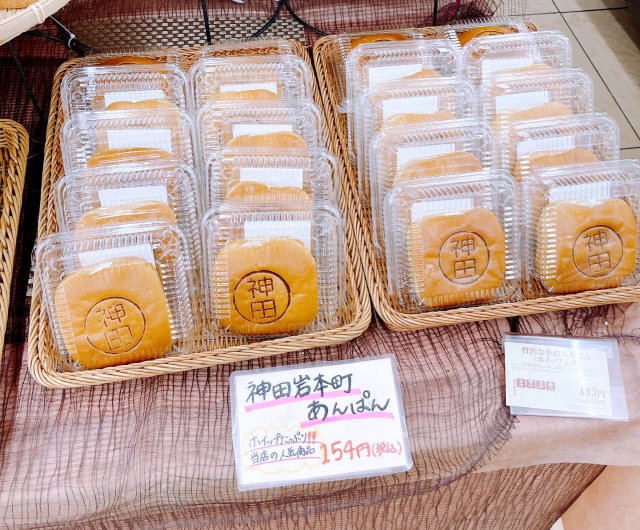
For the fifth anpan, it was time to head to Shinagawa. Mr. Sato walked back to Akihabara Station and took the Keihin-Tohoku Line straight to Shinagawa. Up until now, all the Daily Yamazakis he’d visited had been relatively close to train stations, but the Shinagawa Daily Yamazaki was more elusive, almost 850 meters, or half a mile, away from the station entrance. Though it wasn’t that bad looking back on it, Mr. Sato found himself grumbling through the 12-minute walk.
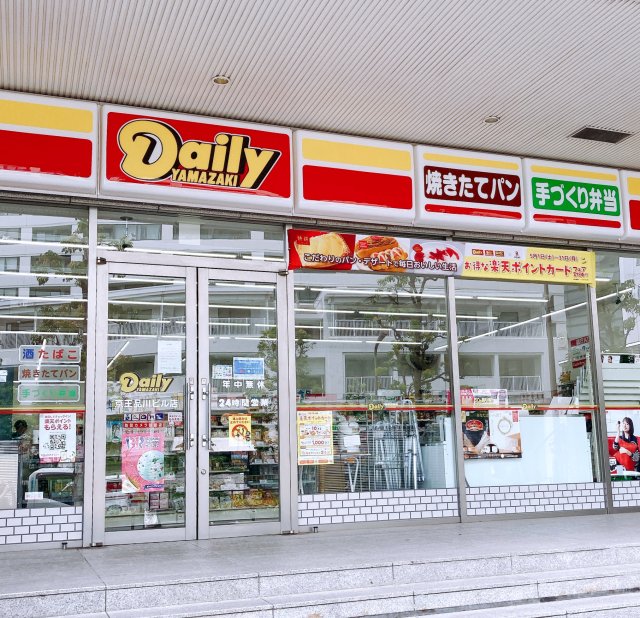
His mood picked up, however, once he reached the Daily Yamazaki and began searching for the Shinagawa anpan. With the number of anpan available for purchase, Mr. Sato wondered if it was an unpopular item after all. Was he signing himself up for a bad time on the toilet? Before he could introspect further, he grabbed one of the anpan with a very bold “Shinagawa” marked on it at exactly 11:58 a.m.
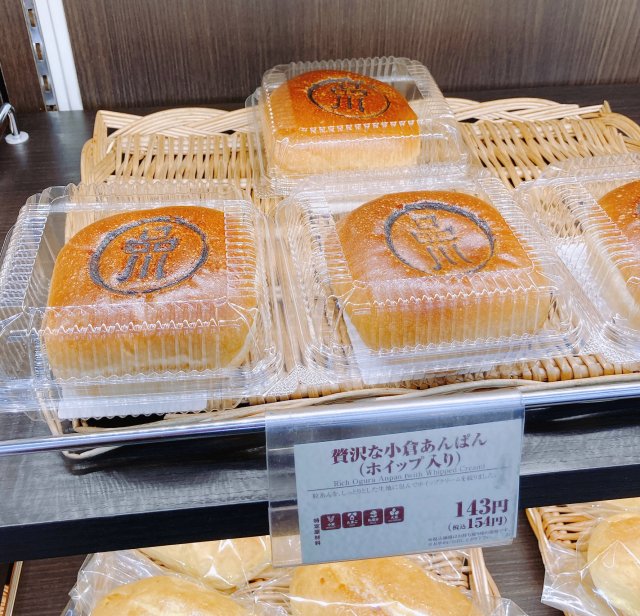

Without stopping for lunch, Mr. Sato continued his journey for anpan. Walking back to Shinagawa Station, he boarded the Keikyu Main Line for Takanawa, getting off at Sengakuji Station. This specific part of his anpan roundup was probably the longest, and though his legs were starting to protest a little by all the walking, Mr. Sato held firm in his valiant quest and finally reached Takanawa’s local Daily Yamazaki.
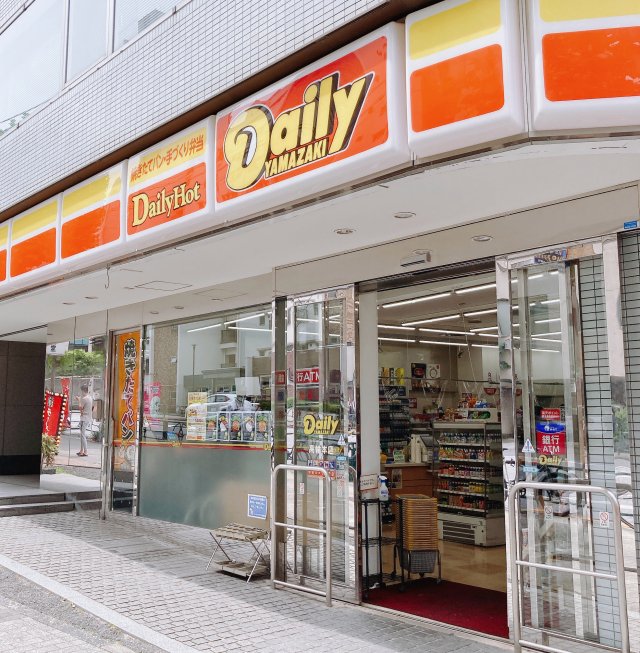
To his great and pleasant surprise, the Daily Yamazaki at Takanawa didn’t just only offer anpan stamped with its name—there was also toast with “Takanawa” branded on the outer crust. Though he originally intended to buy only anpan, Mr. Sato thought it would be a huge waste not to buy the toast as well. Grabbing both baked goodies, Mr. Sato exited the Daily Yamazaki at 12:20 p.m. and beelined for his next stop.
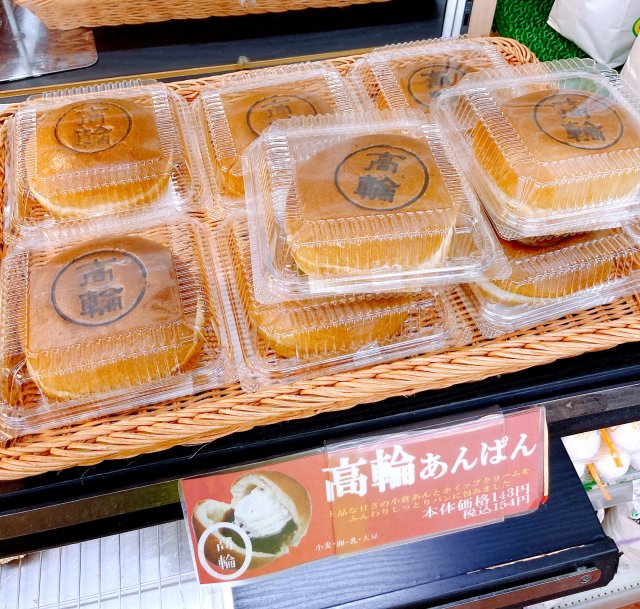
▼ The bread was a bargain at 150 yen! (US$1.37)
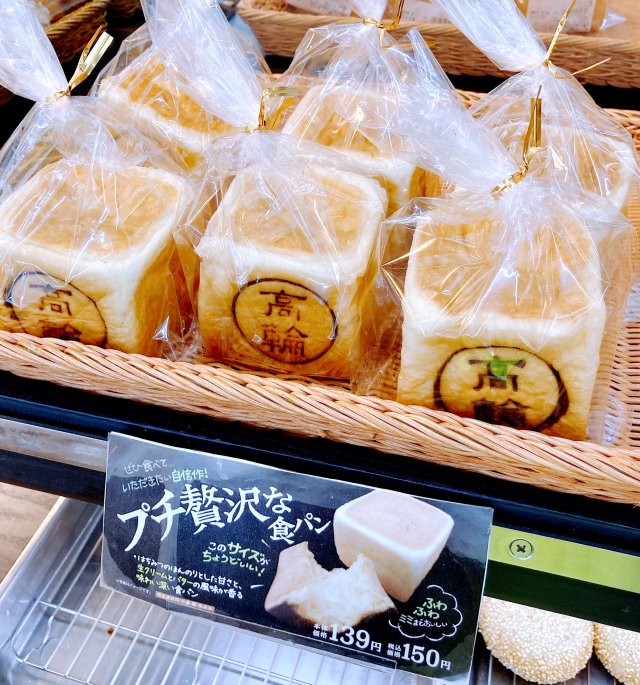
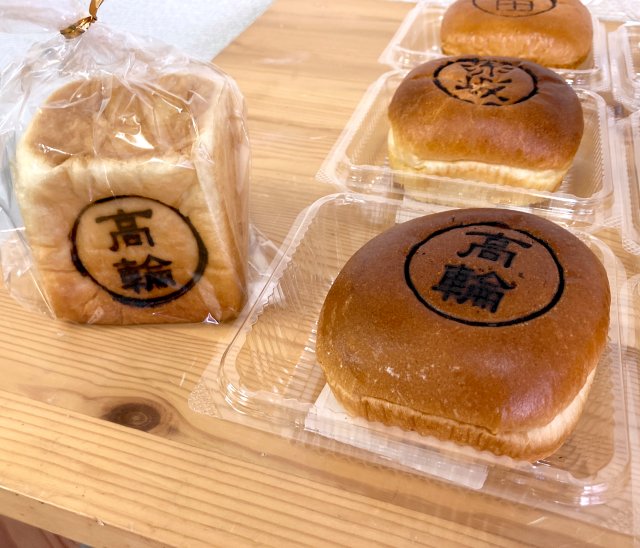
More than halfway done but still hungry for more, Mr. Sato pressed on to Hamamatsucho’s Crea Tower, taking the Asakusa line to Daimon Station. The Daily Yamazakis so far had been your typical convenience stores—only one story and marked by cheerful yellow and orange stripes. But the Daily Yamazaki in Hamamatsucho’s Crea Tower was no ordinary place: it spanned at least 3 floors.

In this “Super Yamazaki,” Mr. Sato looked for his anpan while distracted by the store’s pretty and stylish interior. It definitely felt like a place where slick businessmen went to relax while eating a quick meal, and the Hamamatsucho anpan was no exception. Rather than simply bearing the area’s name on its plush exterior, the anpan also had a tower-like imprint, much to Mr. Sato’s delight. He picked up his seventh anpan right as it became 12:38 p.m.
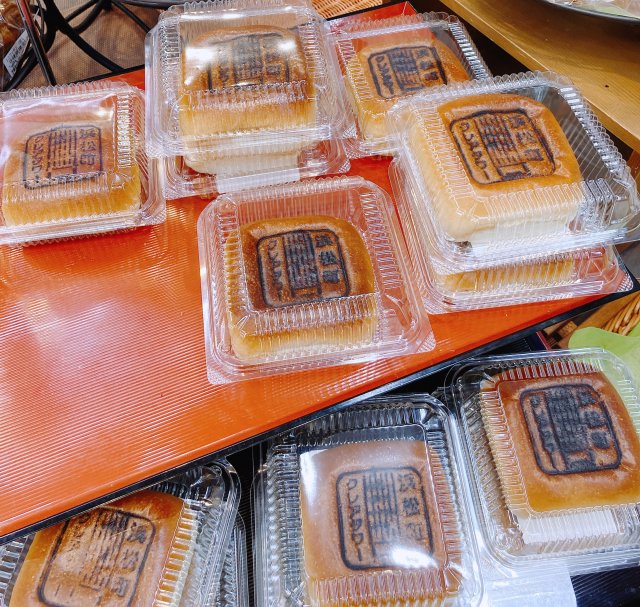
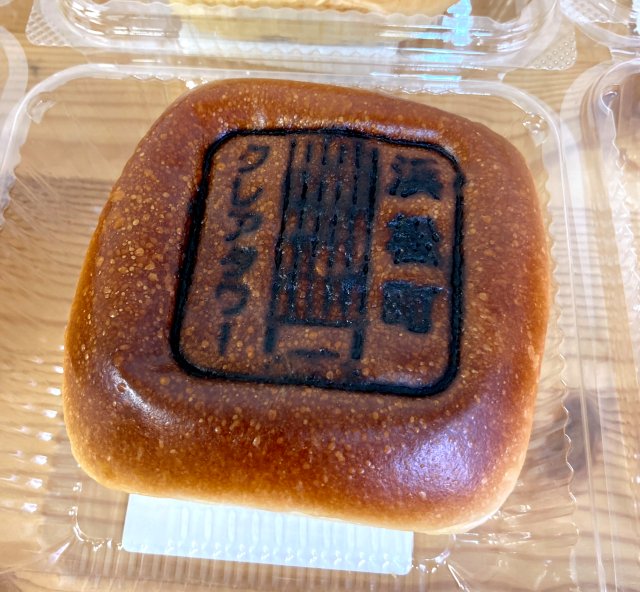
Close to finishing up his anpan run, Mr. Sato backtracked a little, passing Sengakuji Station on the Keikyu Main Line for Takanawadai Station. This time the anpan he was specifically looking for was in Shirokanedai, and Mr. Sato noticed the plethora of bakeries lining the street to Daily Yamazaki. If he got on a bike and circled the area, he would count at least four bakeries in proximity.
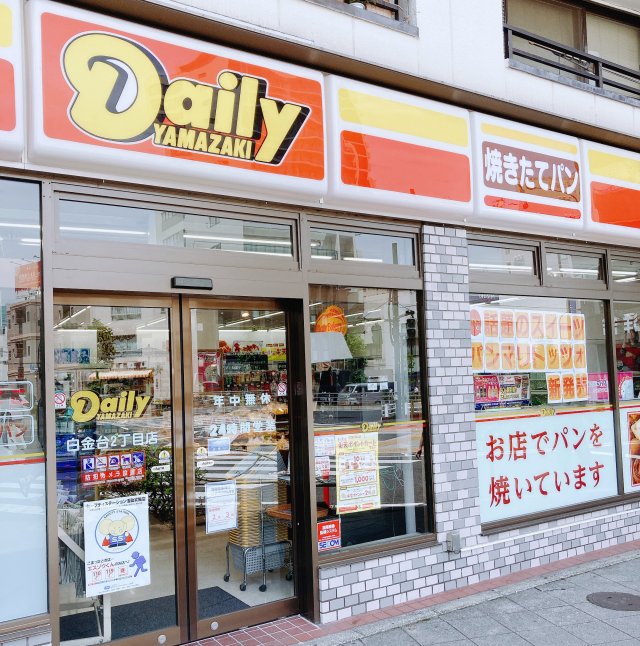
Here as well the anpan was stacked into small plastic containers, except a small placard caught Mr. Sato’s all-seeing eyes: Shirokanedai anpan was the most popular item for patrons at this convenience store. So people did like these anpan! Mr. Sato grabbed his eighth anpan and checked his watch: 1:01 p.m.
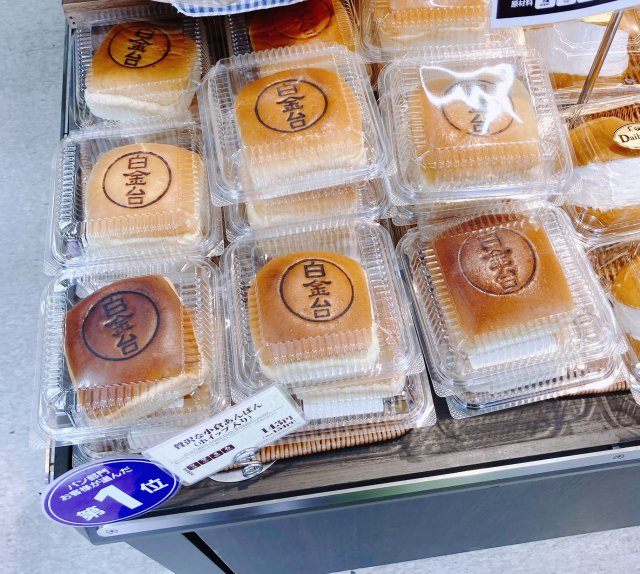
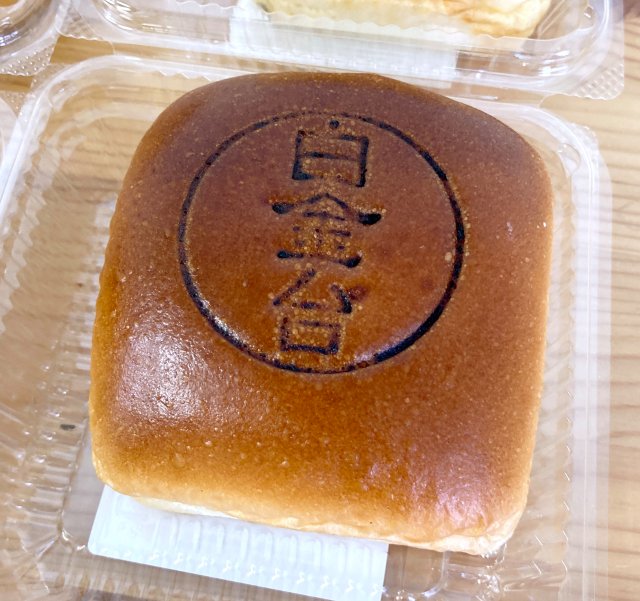
Now it was time for the last and ninth anpan. Mr. Sato got on the train to Gotanda Station and transferred to Shibuya Station via the Yamanote line. From Shibuya, he took the Tokyo Metro Ginza line to Akasaka-Mitsuke Station. Through the entire ride, a bittersweet feeling swept over him. His anpan collection would soon be done, and while his legs would probably thank him after getting home, in a way, he didn’t want to stop here, though all things come to an end.
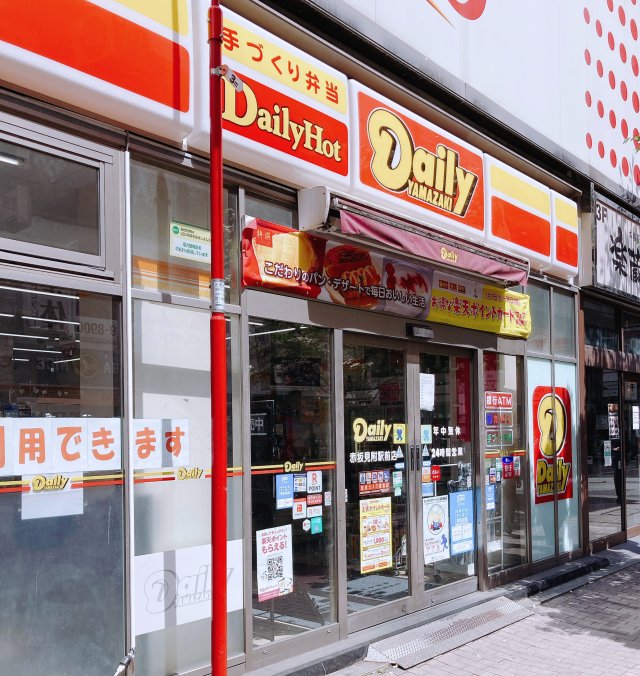
Finding the Akasaka anpan was a rather anticlimactic event—there was no elbowing other convenience store visitors out of the way for the final pastry, no strange convenience store layout to confuse him, nothing. It was more lacklustre than anything else as only three anpan were set out for purchase. Mr. Sato bought the final anpan for his collection at 1:36 p.m, though his mood lightened after examining how the brushstrokes for “Akasaka” on the anpan were actually done in a pretty eye-catching manner.
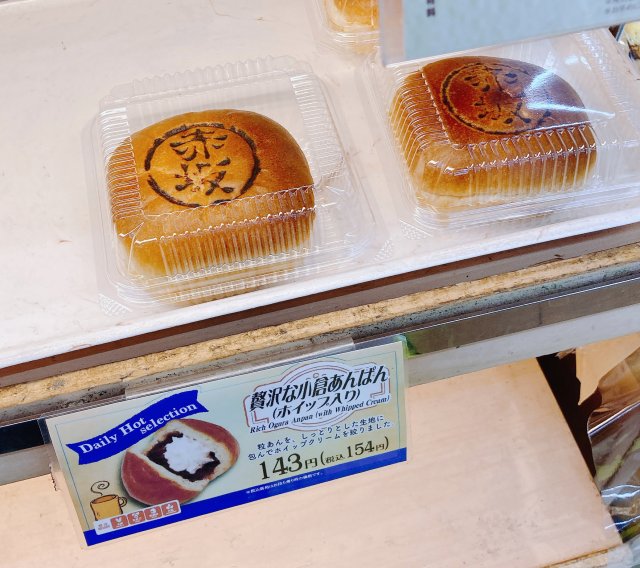
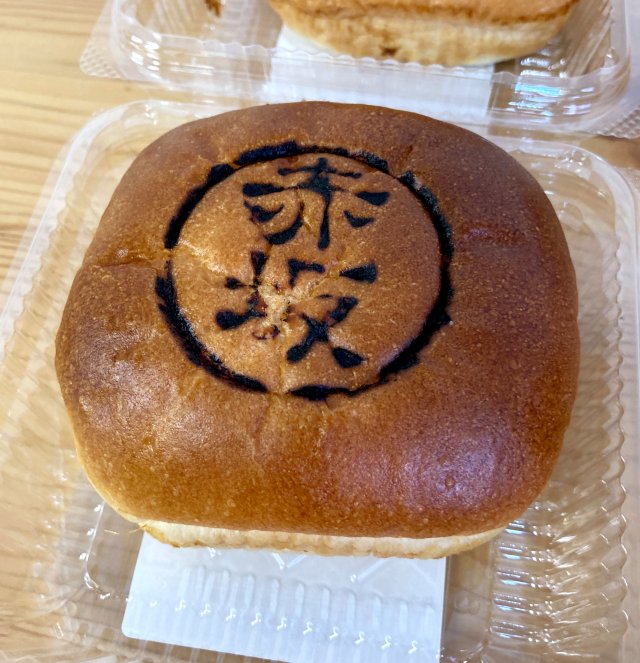
With all nine anpan gathered, it was time to close the curtains on this expedition. Including the time it took for Mr. Sato to arrive at SoraNews24 headquarters in Shinjuku, the entire anpan roundup spanned across five hours from 9:00 a.m. to 2:00 p.m. Mr. Sato emptied his bag of anpan and lined them up to see if there were any noticeable differences among them.
▼ Collect all 9 special anpans and perhaps you could awaken your inner Anpanman?

Frankly, all the anpan were pretty much the same in terms of flavor and size. They all fitted into his palm comfortably, and perhaps the only difference, if Mr. Sato had to look for one, was simply the names seared onto the anpan.
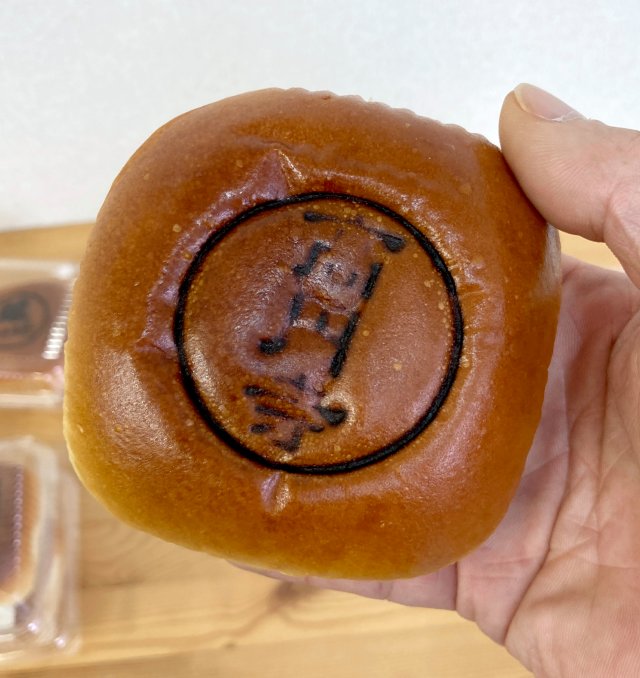
As he hadn’t eaten lunch yet, Mr. Sato decided since he had this generous helping of anpan, it only made sense to start eating them. He bit into the Koenji anpan—the first one he bought—and Mr. Sato savored the fluffy mix of sweet red bean paste and whipped cream. It wasn’t the sweetest pastry he’d ever eaten, but considering how he had eight more left to eat, that was probably for the better.
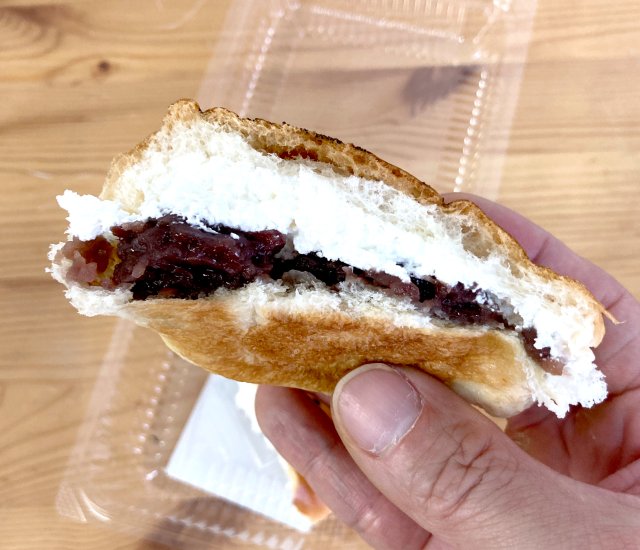
And honestly, as Mr. Sato dug into his lunch meal of sugar and plushy bread, it was nice to walk around town and visit areas he had never been to before. He reckoned it wouldn’t hurt to go back and explore more thoroughly, because you never know what great, unexpected surprises are in store when it comes to a big city like Tokyo.
Photos © SoraNews24
● Want to hear about SoraNews24’s latest articles as soon as they’re published? Follow us on Facebook and Twitter!
